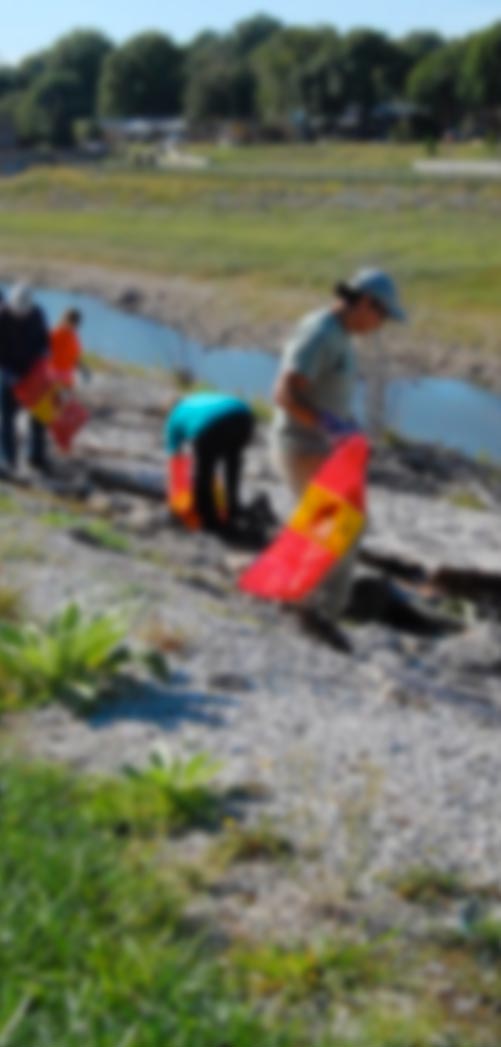The health of monitored freshwater sites across New Zealand and how it is changing over time has been revealed by the Land, Air, Water Aotearoa (LAWA) project today.
LAWA Lake Science Lead Dr Jane Groom said everyone can freely check the results of freshwater monitoring in their region on the LAWA project’s environmental data website, www.lawa.org.nz.
“For the first time, people can explore the health of New Zealand’s monitored lakes on an interactive map.
“The new LAWA Lake Quality topic map shows some interesting spatial patterns – in particular the difference in lake condition between our high elevation lakes that are generally in good health, and lowland lakes that are in poor condition.
“In our analysis we found 82% of monitored lowland lakes are in a poor or very poor condition, meaning they are nutrient enriched with an increased likelihood of algae bloom events,” said Dr Groom.
The interactive map function has been available for four years on the LAWA River Quality topic and tens of thousands of people have used it to better understand the health of our waterways. Dr Groom is hopeful that having this function now available for lakes will help more people to connect with these precious waterbodies.
“Through the interactive map, people can see the state and trend of a whole range of lake health indicators and click through to a site page to see monitoring histories for nutrients, algae, bacteria, and water clarity. It’s a big step forward in making information about New Zealand’s lakes freely available,” said Dr Groom.
LAWA River Science Lead Dr Coral Grant said the science team have also been exploring the state of rivers and streams at a national level, and how this varies over time and by surrounding land cover.
“The common theme between degraded lakes and stressed rivers is that they are found in areas where the land is highly modified, whether that be urban environments or pasture.
“New Zealand’s freshwater is highly valued for kai and recreation. Sadly, we see from the data that two-thirds of river sites monitored year-round for E. coli are graded band D or E, indicating that the predicted average infection risk for people who have contact with this water is greater than 3% on any given day.
“There is no evidence of positive change in the proportion of sites graded poorly for E. coli at a national level, but there are individual sites that show signs of improvement, so change is possible,” said Dr Grant.
Cawthron Institute Manager for Freshwater Sciences Dr Roger Young has been part of the LAWA Project Steering Group for nearly eight years and said the data can inform efforts to improve freshwater.
“Analysis of New Zealand’s rivers and lakes shows continued treatment and prevention is required if we’re to meet our aspirations for freshwater health.
“While clarity in rivers is showing signs of improvement, some aspects of freshwater health will take longer to respond to interventions and there are many factors at play including climate change.
“We hope the information available on LAWA will be useful for resource managers, including mana whenua, and all who are passionate about their rivers and lakes,” said Dr Young.
LAWA Chair Dr Tim Davie said the project annually updates LAWA website water topics with official results from Te Uru Kahika – Regional and Unitary Councils Aotearoa and NIWA monitoring programmes.
“The results on LAWA cover several freshwater health indicators and every individual result represents a physical sample taken by an environmental monitoring officer, processed in an independent laboratory, and recorded in our database for public release and Government reporting.
“I am proud that this year there are more monitored sites on LAWA than ever before, as well as extra features to help New Zealanders better understand freshwater health. Good quality, open environmental data is important as we all work together on how we can give effect to Te Mana o te Wai and ensure healthy lakes, rivers, and streams for future generations,” said Dr Davie.
The LAWA Lake Quality interactive map, factsheets, and national analysis released today build on project progress made over the years. The LAWA project is working towards greater alignment with the National Policy Statement for Freshwater Management and has recently launched an Estuary Health topic that connects freshwater reporting from the mountains to the sea.
About LAWA: LAWA connects New Zealanders with our environment by sharing environmental data and information. LAWA is a partnership between Te Uru Kahika - Regional and Unitary Councils Aotearoa, Cawthron Institute, the Ministry for the Environment, the Department of Conservation, Statistics New Zealand, and has enjoyed the support of the Tindall Foundation and Massey University.
